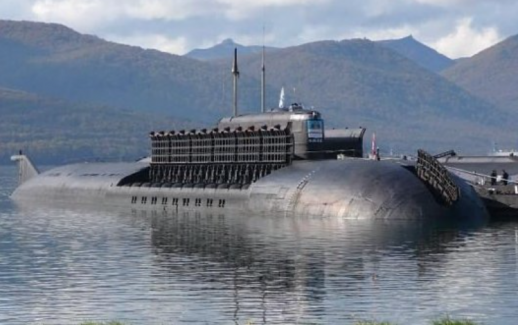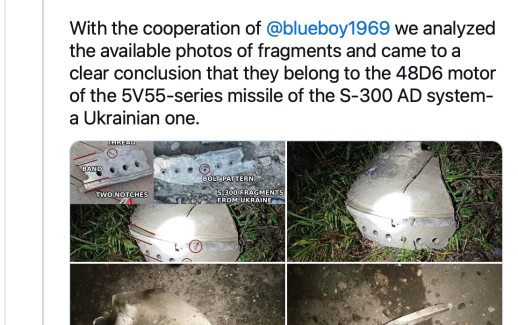Early morning February 12th, Japan’s Defense Ministry protested a Chinese PLAN survey vessel potentially violating Japan’s territorial waters, with Asahi Shimbun reporting seven such incidents since 2021.
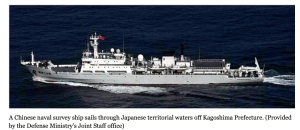
As of 2020, China’s research vessel fleet was the largest of research fleets in the Pacific according to CSIS’s Asia Maritime Transparency Initiative (AMTI), whose interactive map is instructive. A Chinese website “China Dialogue Ocean” (.net) in 2020 represented a Chinese fleet of “60 marine research vessels.” See the snapshot of the AMTI map below with green dots representing China’s then research vessels in the Pacific, with the interactive at this link much more useful to look at:
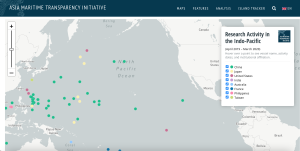
AMTI’s 2019-2020 report noted that “research vessel” and “survey vessel” imply “three types of activity: marine scientific research, naval surveillance, and commercial surveys..” Yet reportedly, the PRC (People’s Republic of China) has been blurring civilian and military research fleet activity. The survey ship, Xiang Yang Hong 03 was intercepted by Indonesian Coast Guard in early January 2021 while “running dark” and using “uncrewed underwater vehicles (UUVs)” in Indonesian territorial waters in violation of UNCLOS, according to USNI. This likely fed into Japanese concerns about the survey ship off the Southern tip of Kyushu on the 12th.
Could the PRC’s research and survey vessel activities include launching surveillance balloons such as the very large Chinese high altitude balloon tracked by the U.S. Defense Department that sailed on the jet stream over the United States until it was shot down over U.S. territorial waters off the coast of South Carolina? China had initially called it a weather research “airship” that strayed off course, but the U.S. Defense Department has called it an intelligence surveillance balloon that looked different from such as the very large weather aerostat publicized by the Chinese Academy of Sciences in 2019 and other weather airships.
The 2014 Journal of Atmospheric and Oceanic Technology illustrated the launch of a large atmospheric study balloon from the Japanese research vessel Hakuho Maru for the purposes of stratospheric air sampling. See graphic from that article below:
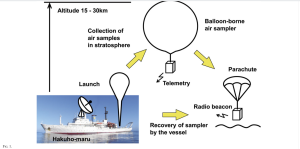
As for defense applications of high altitude balloons Adam Kehoe at The Drive (Warzone) reported in May 2021 on Raven Aerostar’s work in this area, focusing on U.S. coastal security and possible drone detection. That work raises a question. Might such balloon capabilities be used to help NORAD detect and defend against future adversarial balloons and objects offset from the CONUS? Will China’s boldness help Congress meaningfully fund such projects? Now might be a good time to look into it.
